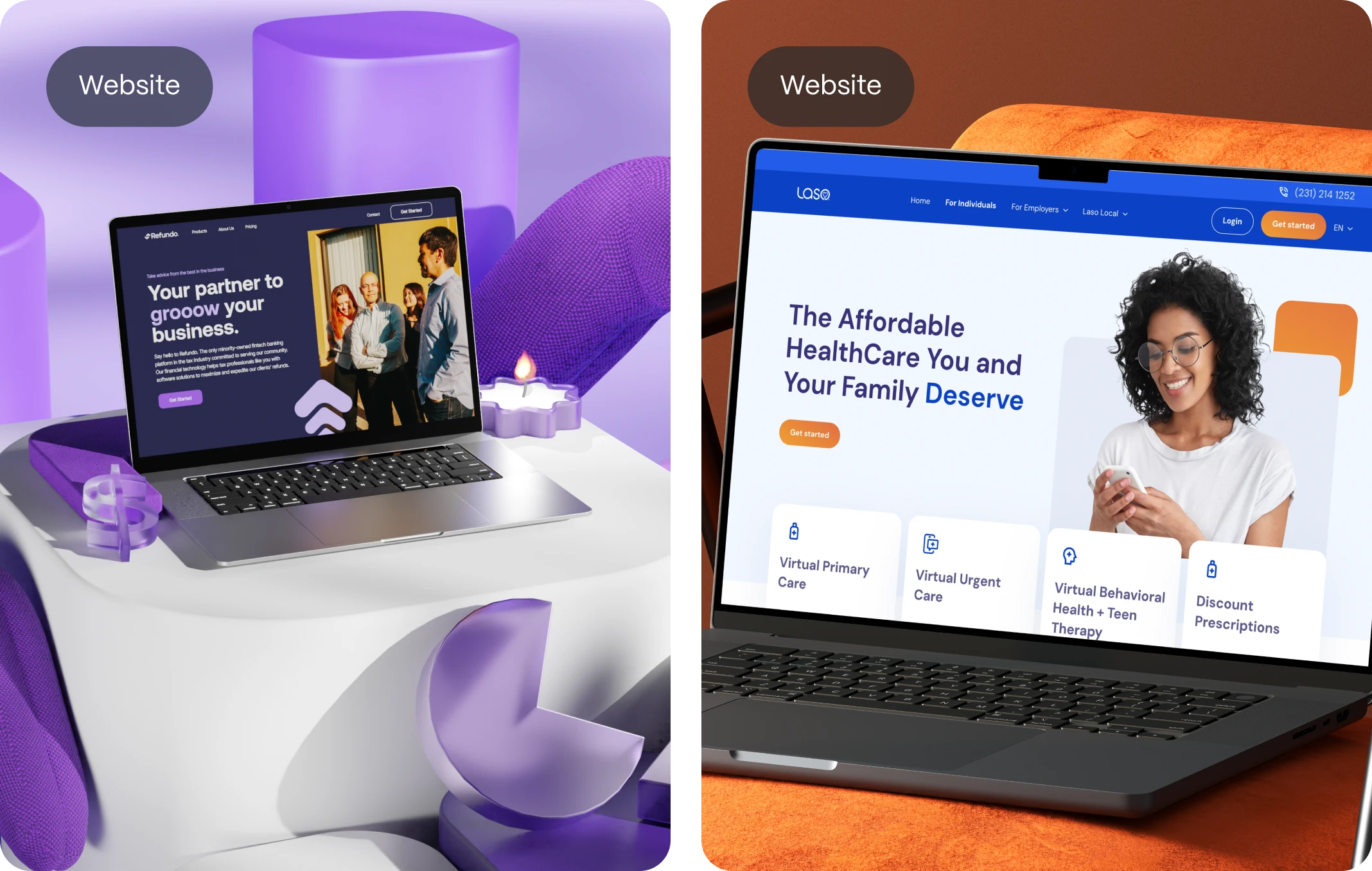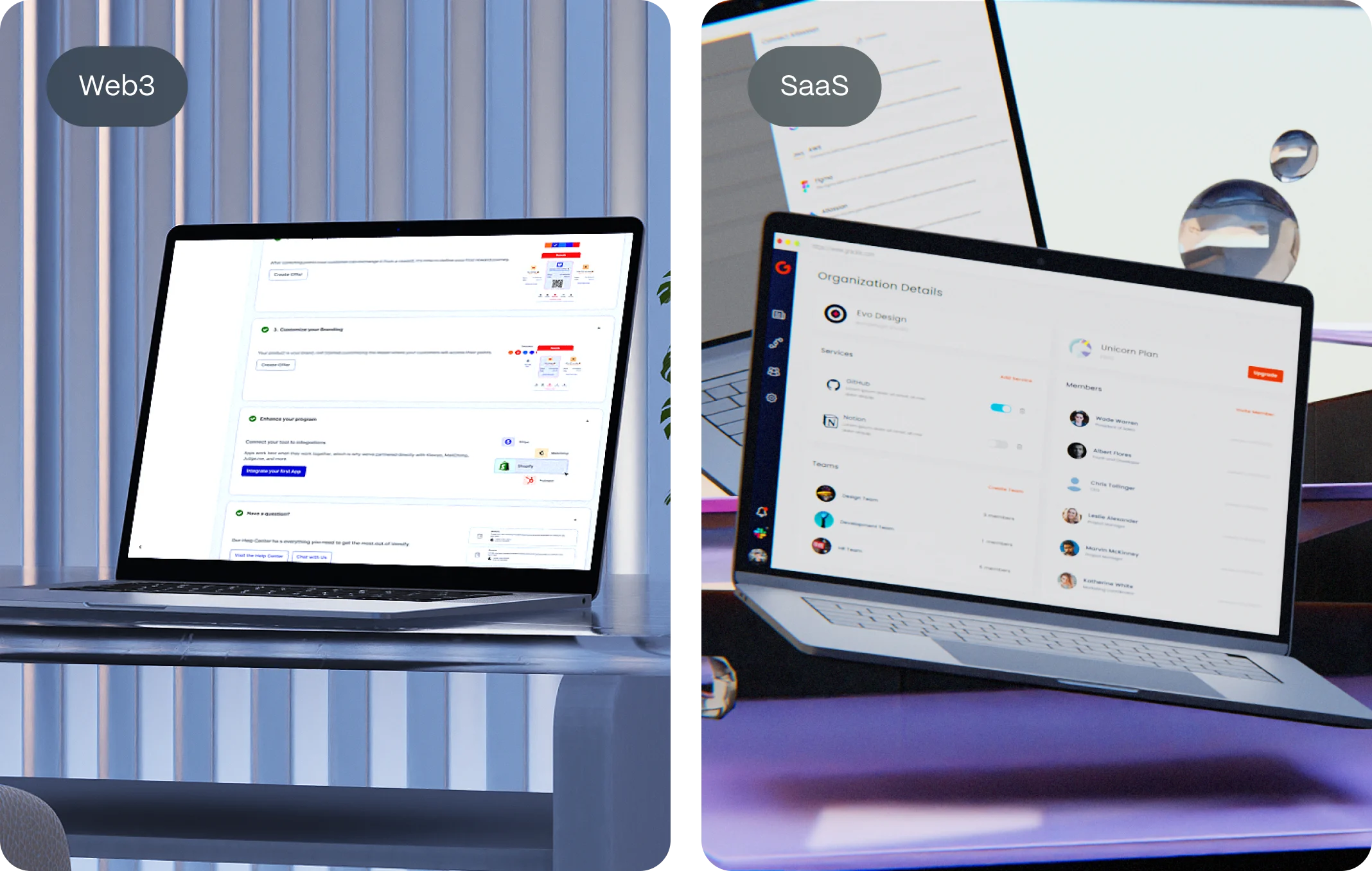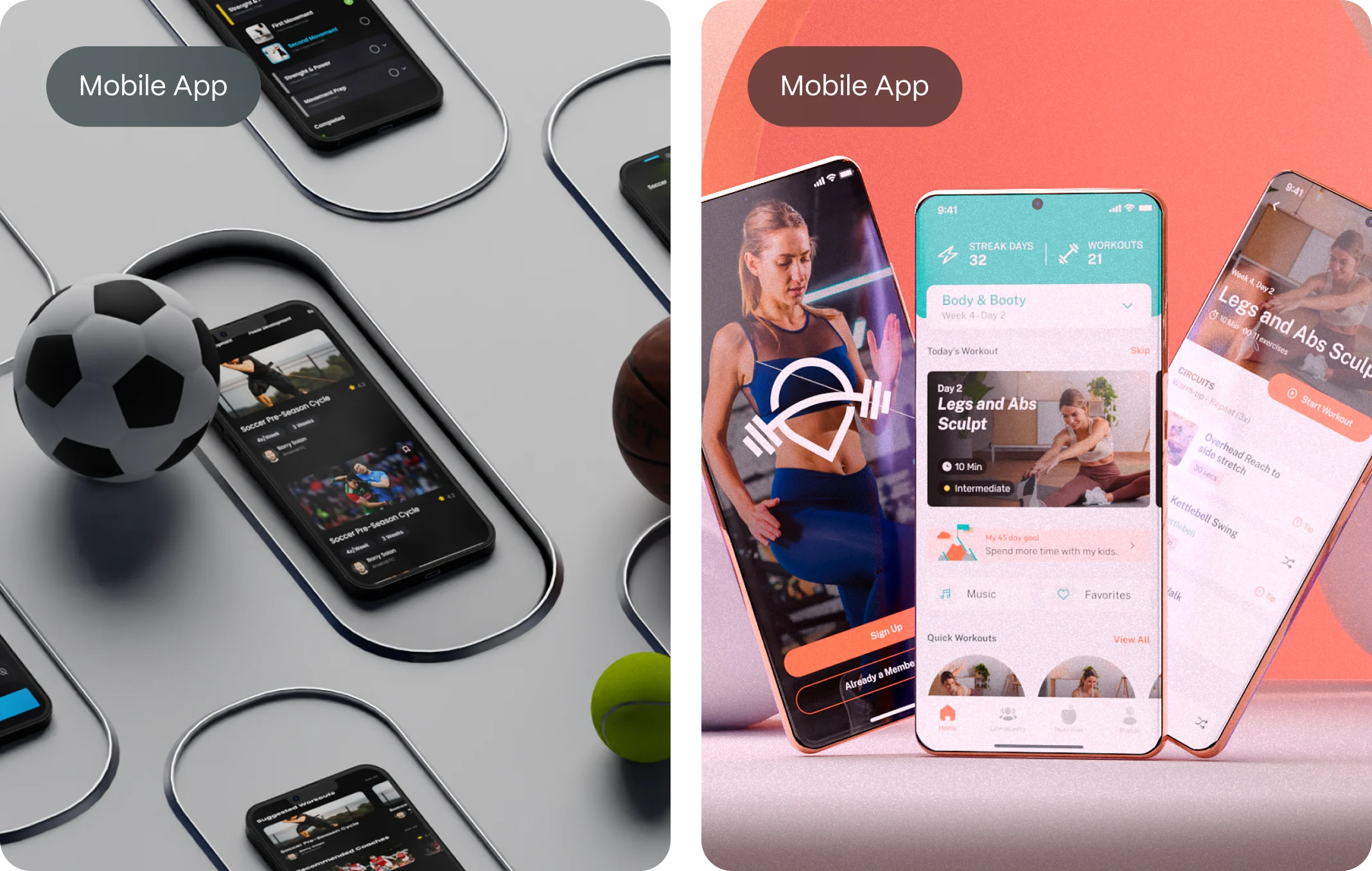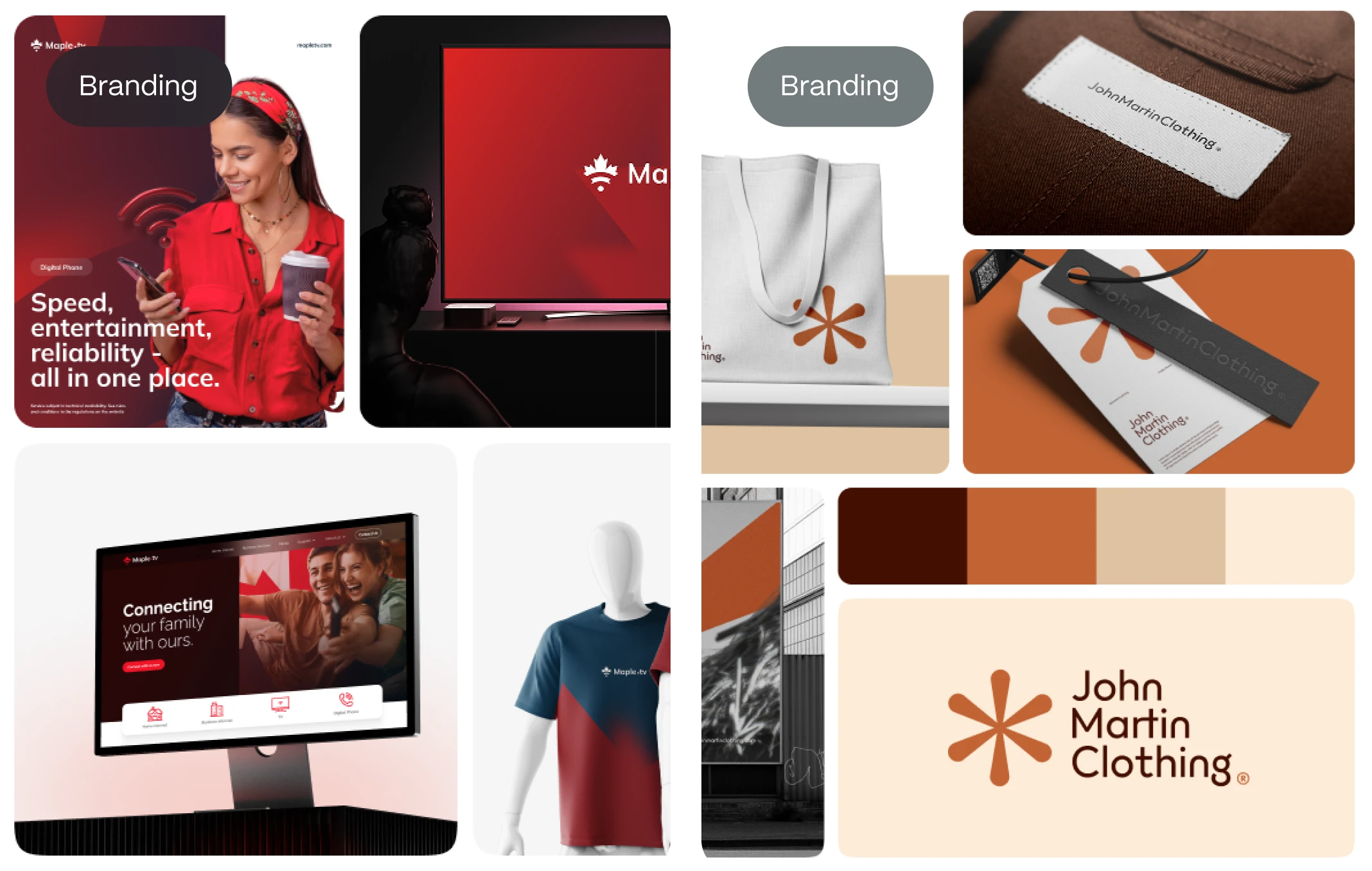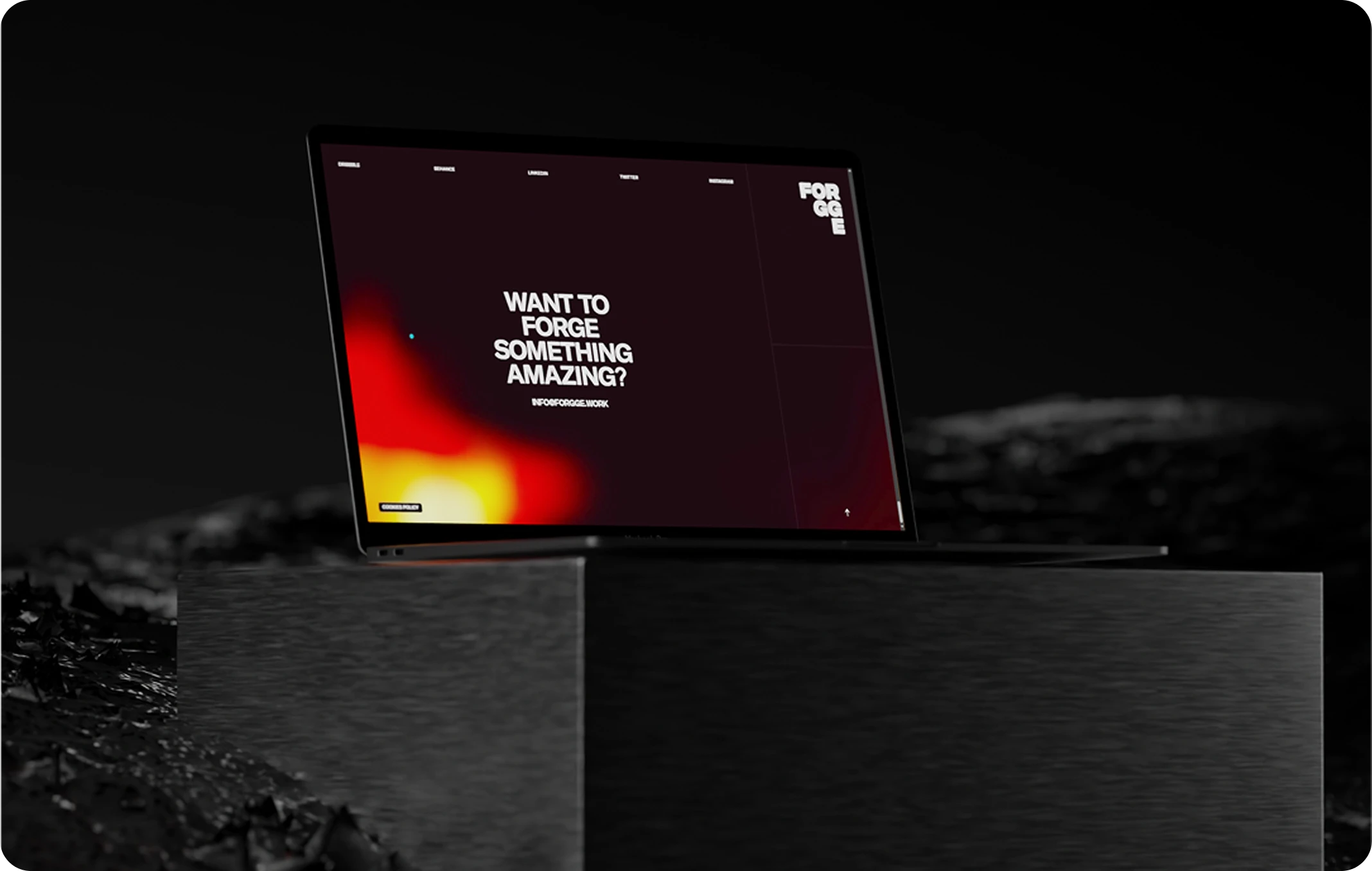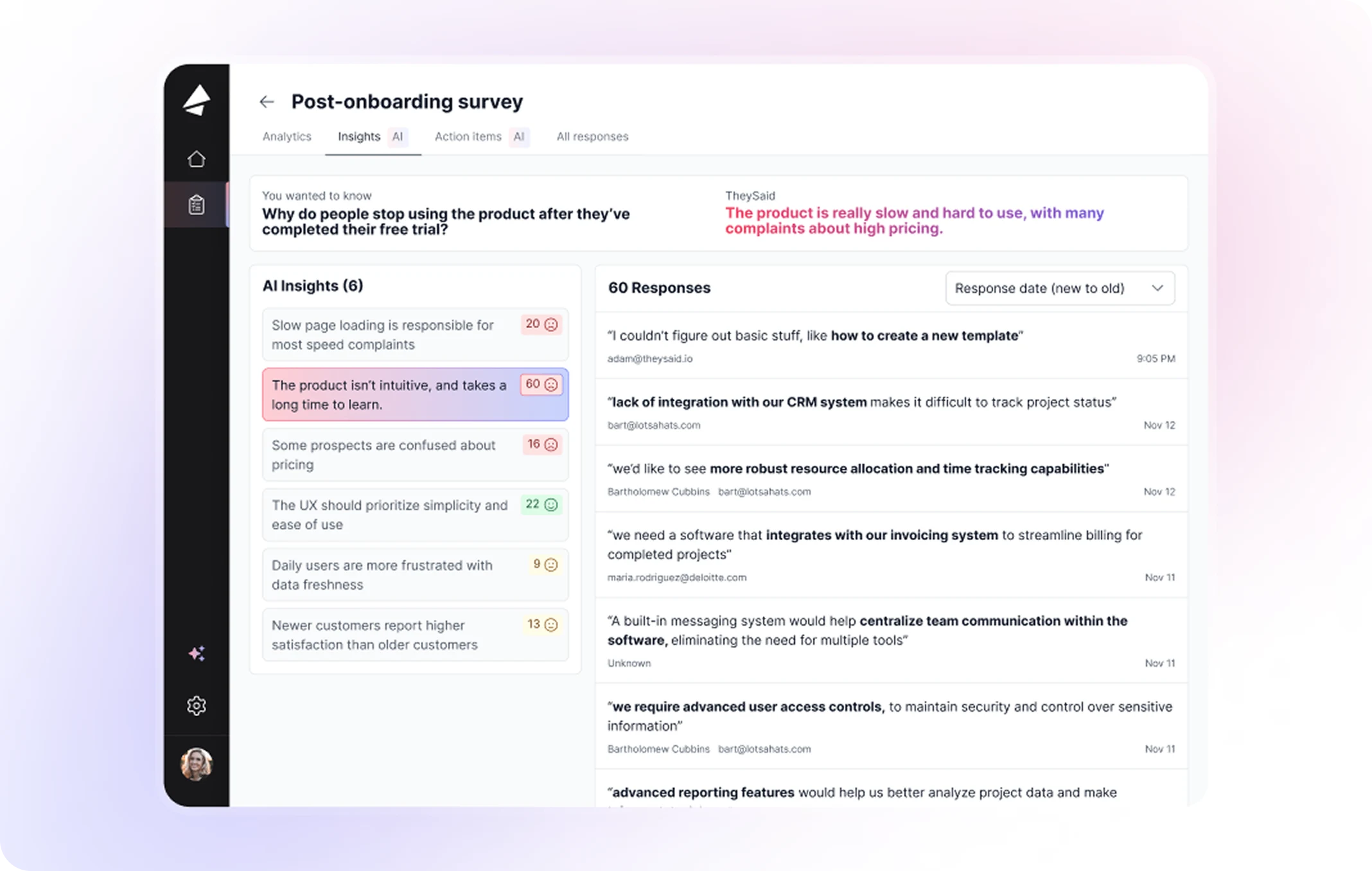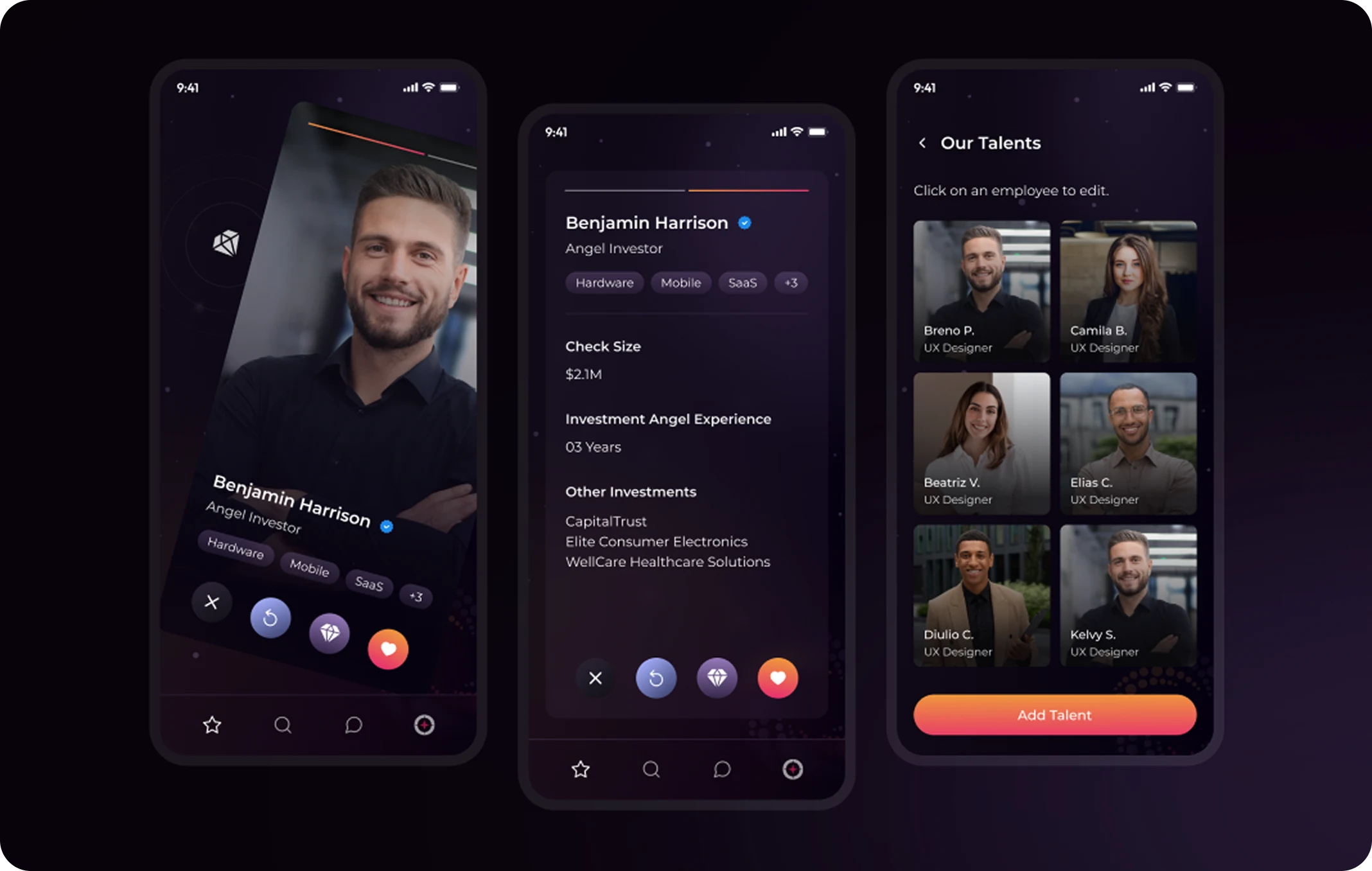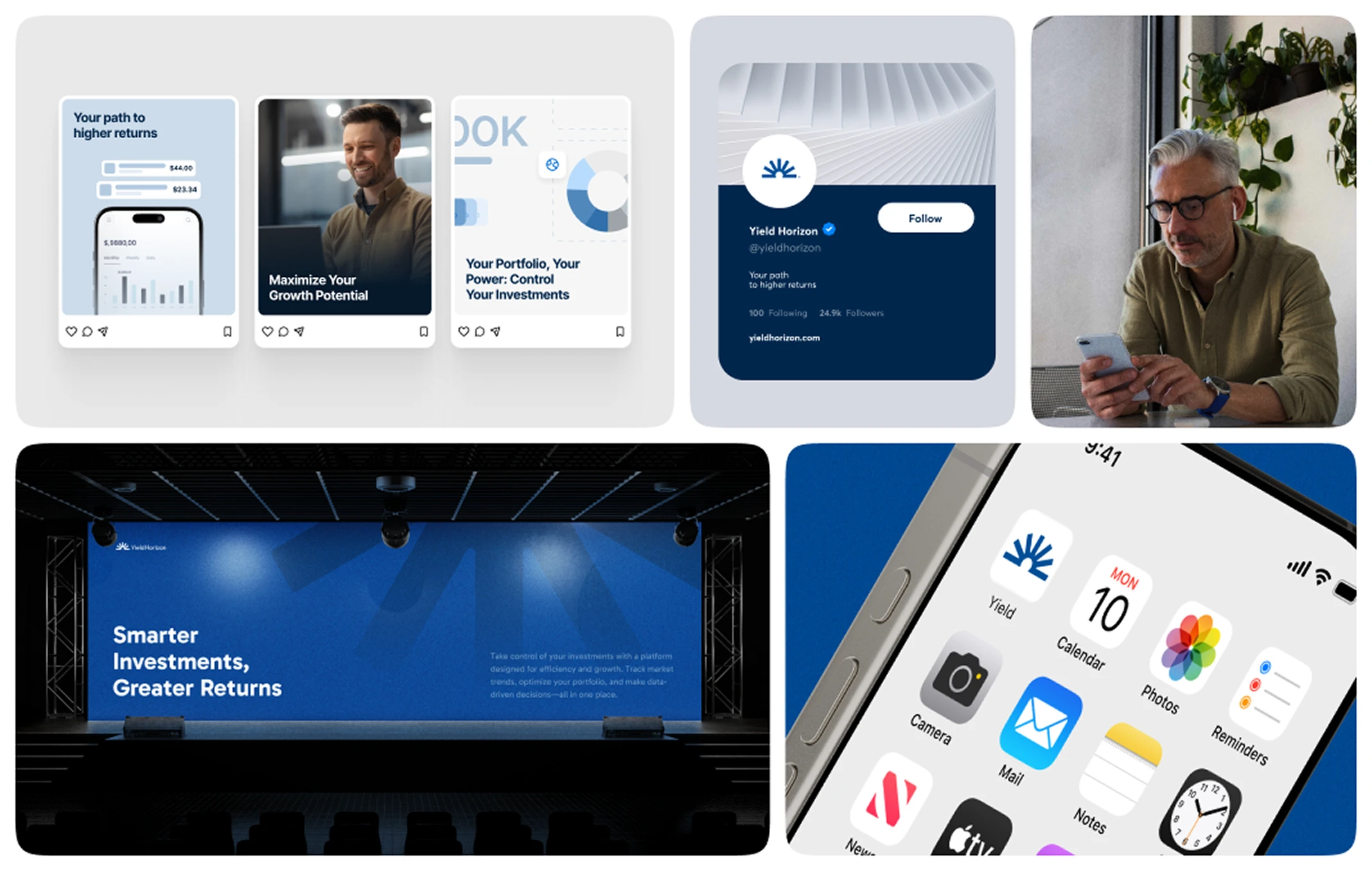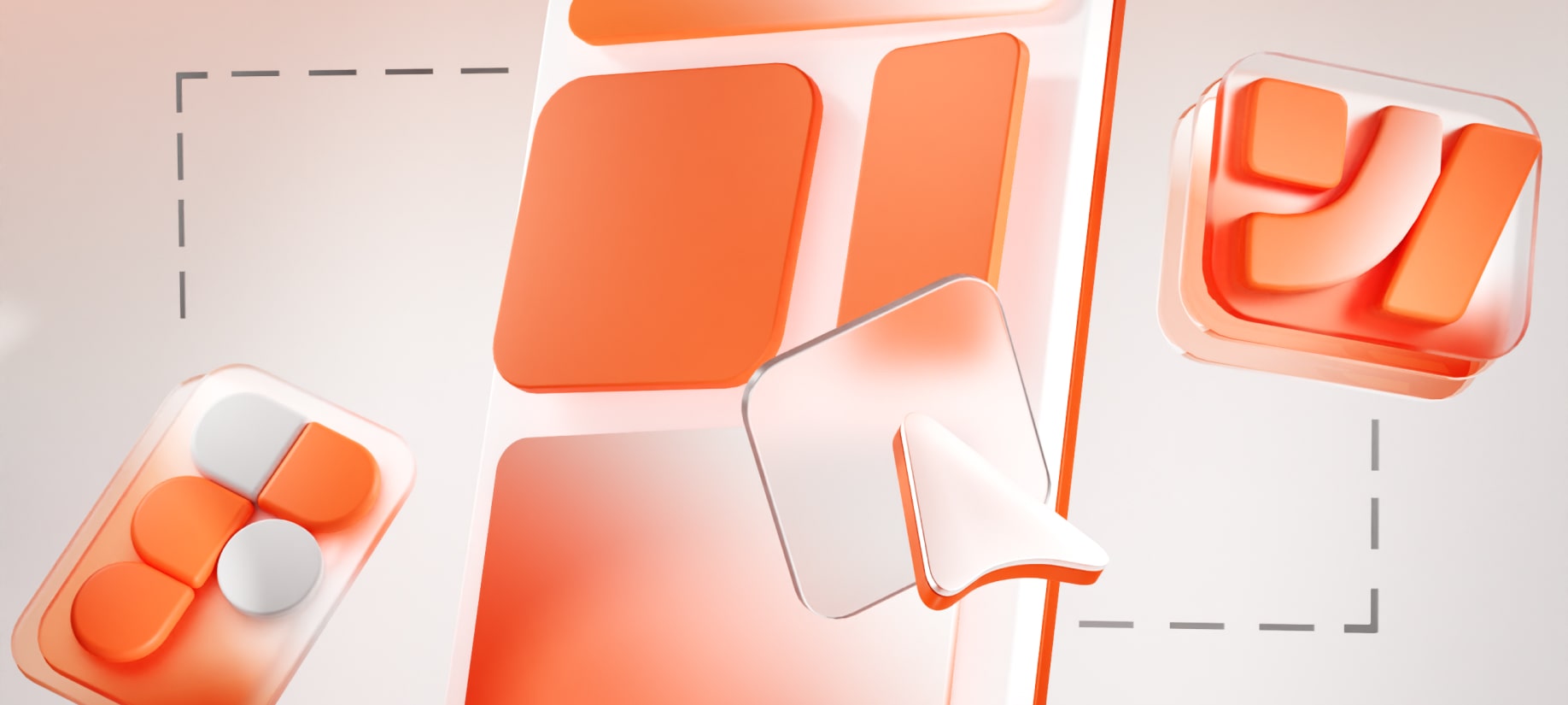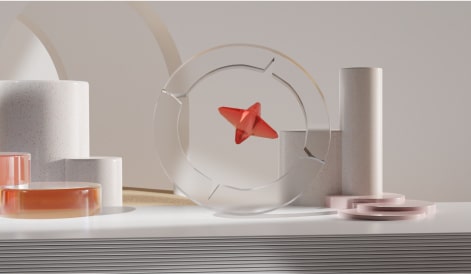User experience design (UX design) is the process of creating digital products and services that offer meaningful and enjoyable interactions for users. As technology evolves, user expectations rise, making user-centered design critical for business success. In this article, we explore what user experience design is, the key responsibilities of user experience designers, tools they use, and the processes they follow to craft seamless digital experiences.
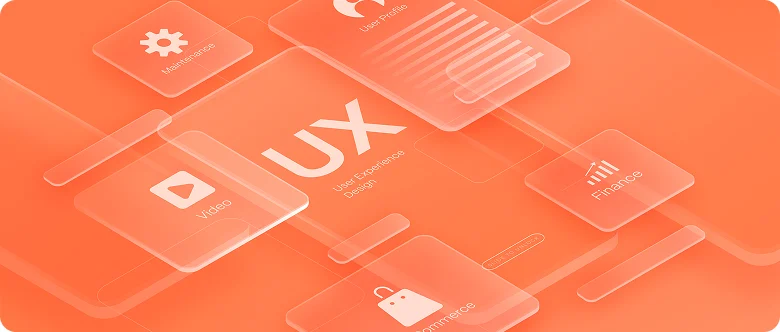
What Is User Experience Design?
User experience design focuses on enhancing the usability, accessibility, and engagement of digital products to ensure a positive interaction between users and platforms. It combines design principles, research techniques, and behavioral insights to meet user needs.
User Experience Design Definition:
UX design aims to make products intuitive, easy to use, and aligned with the needs of the target audience, from mobile apps to e-commerce websites.
User Experience Design Services:
- Web and App Design: Crafting interfaces that are easy to navigate.
- Information Architecture: Organizing content logically to guide users seamlessly.
- Interaction Design: Ensuring that interactions with the product are efficient and engaging.
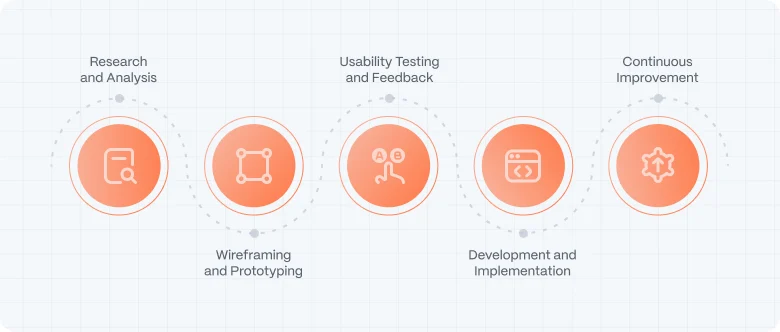
The User Experience Design Process
A successful user experience design process is iterative and involves the following steps:
1. Research and Analysis
Gathering user data through interviews, surveys, and usability tests to understand behaviors and pain points.
2. Wireframing and Prototyping
Creating blueprints of the interface to visualize user flows before development. Tools like Figma and Framer are used to create prototypes that test design concepts early on.
3. Usability Testing and Feedback
Testing the prototypes with real users to gather feedback and refine the design based on insights.
4. Development and Implementation
Collaborating with developers to bring the design to life while ensuring it matches the initial vision.
5. Continuous Improvement
Post-launch, user behavior is monitored to identify areas for improvement, ensuring the product evolves with user needs.
Essential User Experience Design Tools
Using the right user experience design tools helps designers create and test interfaces effectively. Here are some of the most popular tools in 2024:
- Figma: Ideal for collaborative wireframing and prototyping.
- Framer: Great for designing responsive layouts and seamless user experiences.
- UXPin: Combines design and code to create interactive prototypes.
- Adobe XD: A versatile tool for both UX/UI design and testing.
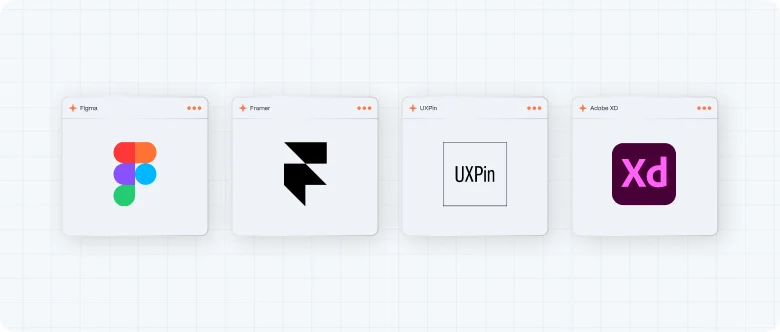
User Experience Design Principles and Methods
Following the best practices in user experience design ensures that products meet user needs effectively.
Key UX Design Principles:
- User-Centered Design: Focus on user needs at every stage of development.
- Consistency: Maintain uniform elements across all platforms.
- Accessibility: Ensure the product is usable by everyone, including people with disabilities.
- Feedback Integration: Regularly collect and implement user feedback.
- Simplicity: Keep interfaces clean and intuitive to enhance usability.
Best Practices for Seamless UX
- Designing Responsive Layouts: Ensure the product adapts to different screen sizes with tools like Framer.
- Using Data for Personalization: Leverage analytics to provide tailored user experiences.
- Inclusive Design: Consider diverse user needs, including accessibility requirements.
- Continuous Testing and Optimization: Use usability testing to refine the interface over time.
FAQ
What is user experience design?
User experience design is the process of creating products that provide meaningful and intuitive interactions for users by focusing on usability, accessibility, and satisfaction.
What does a user experience designer do?
A user experience designer researches, designs, tests, and refines digital products to ensure a seamless user journey.
What are the key tools for UX design?
Popular tools include Figma, Framer, UXPin, and Adobe XD, which facilitate design collaboration and prototyping.
Why is accessibility important in user experience design?
Accessibility ensures that digital products are usable by everyone, including individuals with disabilities, promoting inclusivity.
What are the steps in the UX design process?
The process includes research, wireframing, usability testing, development, and continuous improvement.

